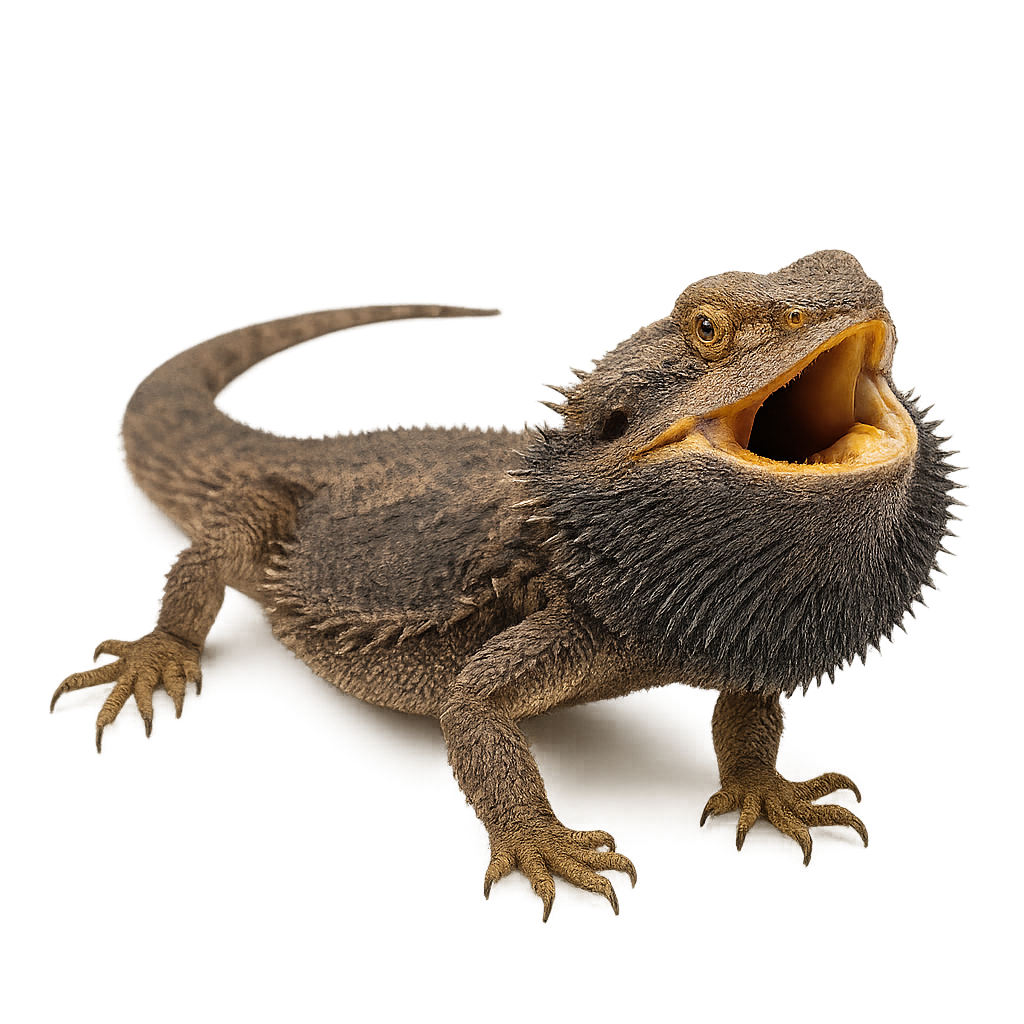Your wildlife photography guide.
Explore the eastern bearded dragon in detail, study its behavior, prepare your shots.
Where to observe and photograph the eastern bearded dragon in the wild
Learn where and when to spot the eastern bearded dragon in the wild, how to identify the species based on distinctive features, and what natural environments it inhabits. The WildlifePhotographer app offers tailored photography tips that reflect the eastern bearded dragon’s behavior, helping you capture better wildlife images. Explore the full species profile for key information including description, habitat, active periods, and approach techniques.
Eastern Bearded Dragon
Scientific name: Pogona barbata

IUCN Status: Least Concern
Family: AGAMIDAE
Group: Reptiles
Sensitivity to human approach: Tolerant
Minimum approach distance: 3 m
Reproduction period: September to November
Incubation: 60–70 jours
Births: December to January
Habitat:
open forests, grasslands, shrublands
Activity period :
Active during the day when temperatures are favorable, often seen basking in the sun.
Identification and description:
The Pogona barbata, commonly known as the Eastern Bearded Dragon, is a lizard native to Australia. It is recognizable by its "beard" of spines under the throat, which it can inflate to ward off predators or rivals. This diurnal reptile is often found in open forests, grasslands, and shrublands. It can reach a length of 60 cm, including the tail. Its diet is omnivorous, consisting of insects, small animals, and vegetation. The Pogona barbata is popular as a pet due to its generally docile nature and adaptability to captivity.
Recommended lens:
100mm – adjust based on distance, desired framing (portrait or habitat), and approach conditions.
Photography tips:
To photograph the Pogona barbata, it is advisable to use a lens of 100 mm or more to capture precise details of its texture and colors. Approach slowly and avoid sudden movements to prevent scaring it. Morning or afternoon hours are ideal for soft lighting. Opt for a natural background to highlight the lizard in its habitat.
The WildlifePhotographer App is coming soon!
Be the first to explore the best nature spots, track rutting seasons, log your observations, and observe more wildlife.
Already 1 432 wildlife lovers subscribed worldwide

